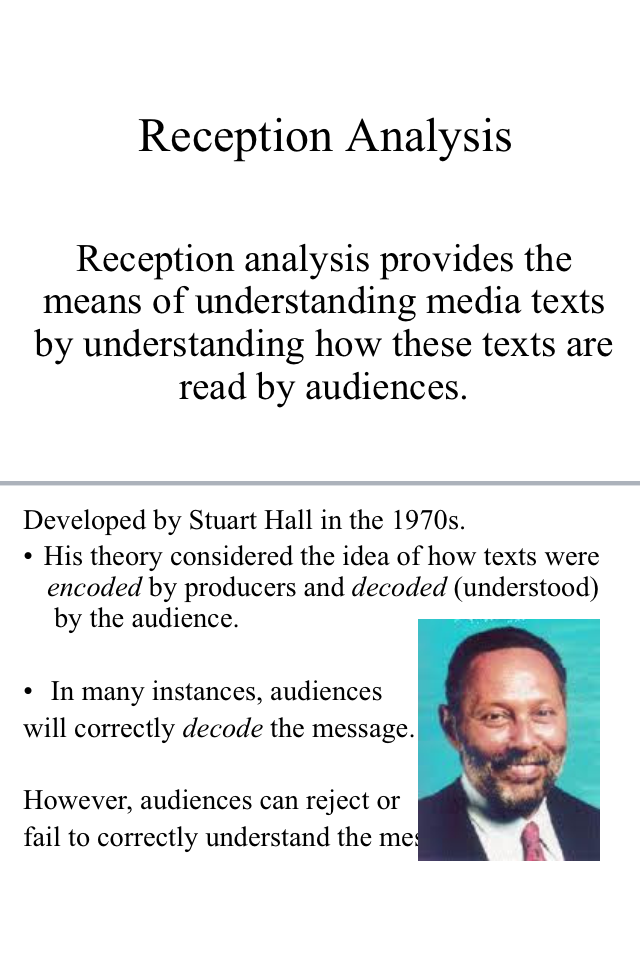In class we were looking at the types of shots and what they are meant to do and why they are used. We then went off in groups to complete the task of taking an image for each of the types of shots.

Establishing Shot
Figures seem small in the landscape. This shot is often used at the beginning of a film or sequence to allow the audience to know the time period and location that the scene is taking place. It is also used to make a figure appear small or maybe even isolated.
This is an establishing shot from one of the 007 films.
Over the shoulder Shot
A character over another's shoulder, often used in interviews or dialogues.
This is an over-the-shoulder shot from the film: Scott Pilgrim vs the world.
Low angle Shot
This shot is taken from below while looking up. This is used to make the character or object appear grand or threatening.
This is a low angle shot from the film 'Seven'.
Birds eye Shot
Looks vertically down at the character or object. This shot may sometimes be used to make the character or object seem inferior.
This is a birds eye shot of a certain landscape.
High angle Shot
The camera looks down on the character causing them to look vunerable or insignificant.
This is a high angle shot from one of the 007 films.
Long Shot
This is a shot in which the figure/character is seen from head to toe. Generally used to establish space or when we need to see the surrounding action.
This is a long shot from one of the Harry potter films.
Mid Shot
Shows the figure from approximately the waist to head. Individuals are easily recognised and you may even be able to see what they're doing with their hands.
This is a mid shot from the film Titanic.
Extreme close-up
This shot is usually of the head only, used when expressions are important. May be even closer; used to convey extreme emotion.
This is an extreme close up shot from the first Kill Bill film.
Close-up
This shot involves only the head and shoulders being in view. This enables you to easily be able to see facial expressions so you can see what a character is thinking/feeling. Also used to show the audience key actions and props.
This is a close-up shot of The Joker.
Medium close-up
Taken from head to chest.
This is a medium close-up from the movie 'The Shawshank Redemption'.
Two-shot
Any shot, generally a medium shot, to show two people.
This is a two shot from the film 'Avatar'.
Point of view Shot
A shot of a characters point of view. This shot allows the film-maker to place the audience in the position of the character to evoke emotions and empathy.
This is point of view shot from the film 'Orphan' from when John first meets Esther.





























